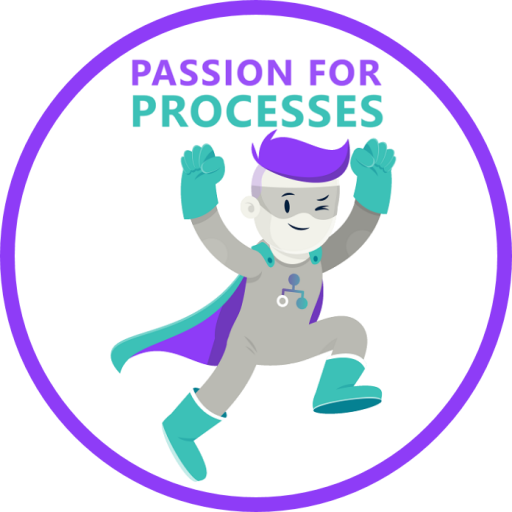Dear Aris Community,
I'm currently studying business informatics and I'm required to model a car sharing business process for my bachelor thesis. However, as I've got no one to check for errors, I was wondering whether someone of you guys would be so very very kind to take a quick look at my results? I really can't present a process with lots of mistakes, since that would definately lead to a bad grade, and, what's even worse, it would shed a bad light on me as a student. I would REALLY appreciate your help :)
Hello Jan,
before going into detail of how to unlock car doors, set the big picture. And if you are doing processes for the Car Hire company, describe the processes from their point of view. They are not interested if the customer walks to the parking lot or uses his Segway (TM).
So start with the process map: They buy cars, they get them delivered, added to inventory, equipped for hiring out, cleaned. Customers place reservations, make on-demand contracts, hire optional packages (navigation, child seats), collect cars, return cars, report damages, get billed, insurance coverage needs to be obtained. Cars go defunct, replacement cars have to be shipped to the customer. Damages need to be cleared with the insurances and/or billed to the customer. "Old" cars get sold... (quite a few more)
Use a value added chain diagram to depict the process map and arrange those processes visually into Controlling, end-to-end and supporting processes.
Only then start modelling each process with its triggering event in an EPC. If you want to model application systems, you will be expected to describe the requirements for each application system. It may be more interesting to depict the flow of data objects (aka business objects) as input and output of each process step. Application systems you model here are purely hypothetical. In reality real world application systems like SAP (TM) or anything self-built will be modelled here. I think for your purpose this effort does not add any value.
Regards,
M. Zschuckelt
Dear Mister Zschuckelt,
the process I depicted is not for a car sharing company, but for my faculty. Therefore, it is quite intended that the systems I modeled are purely hypothetical (although based on various case studies). Furthermore, I was required to model the architecture/infrastructure and the underlying processes of the systems in use, thus it is of no particular interest to model the user interactions in great detail. However, despite the question whether these processes add any value, I'd still love to know whether they were at least modeled correctly (connectors etc.). So could you take a quick look? I'd be really grateful!
Hello Mr. Isermann,
of course any modelling effort is only of value if it answers the requirements you have. So if you are convinced, the scope and approach of your model is right for you, all there is to check is formal correctness of the EPC model - i. e. the EPC rules, function before XOR split, event after XOR split etc.
So the only things I see from this point are:
Split Phone/Car Sharing Homepage does not add value, since these two events are joined again immediately. Maybe declare them to be one event for your process.
After "User starts trip" you use an "OR" split. I would discourage you to use that at all (anywhere!). Two of the resulting events are actually mutually exclusive, yet you suggest both could be traversed in parallel. Try to resolve that.
Regards,
M. Zschuckelt
I can just comment based on my practical experience:
- Do not use "passive/indirect" language for your process steps (e.g. User enters parameters), rather use "enter parameters". This makes the process more lean and easier to read.
- Also make sure that all your process steps use the same language, you have been mixing up tenses
- Do not write all possible selection options in the process step name where the selection is beeing made (e.g. choice between homepage, phone, ...), rather use "Choose reservation type". Makes it easier to read and also gives you more flexibility when you have to add/remove another option.






